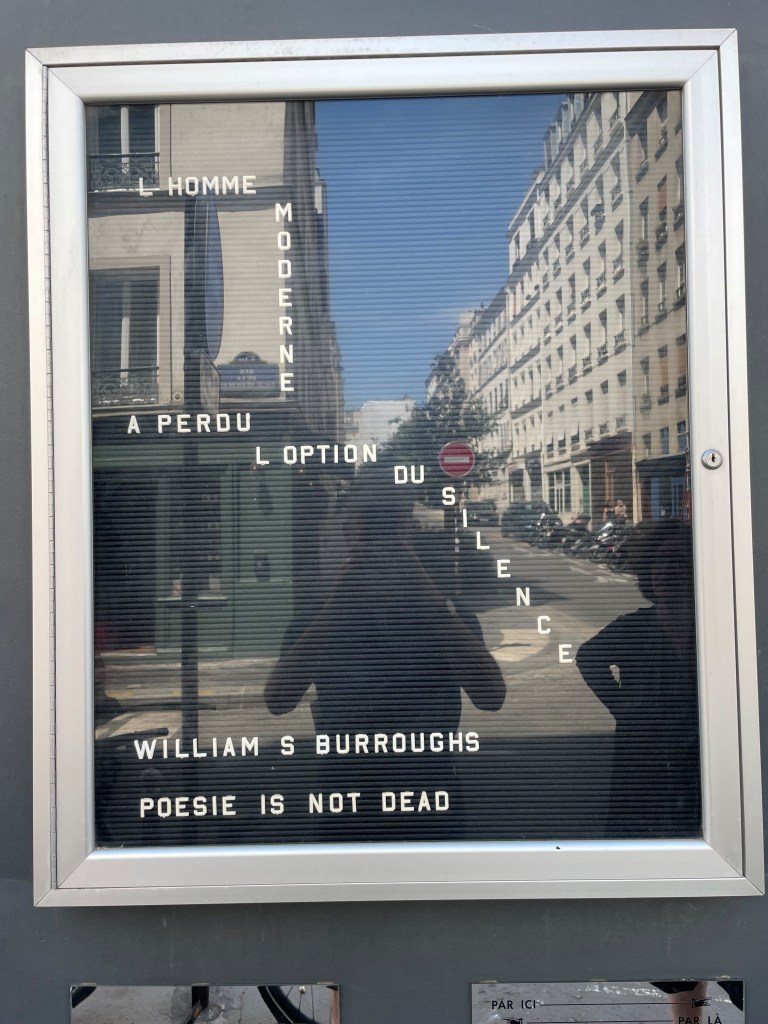In S.S., the European Court of Human Rights declared an application about a Libyan pullback inadmissible. One may be critical of this, but after the Court’s case law from the last decade this decision can come as no surprise. However, in a final passage the Court tries to respond to the disappointment it expects from the applicants. In doing so, the Court produces a simulacrum of a human rights ruling: it offers the signs of human rights but in the same gesture short-circuits the application of the Convention. An analysis inspired by Jean Baudrillard’s Simulacres et simulation (1981).
Disneyland Strasbourg: S.S. and others v Italy (12 June 2025), Strasbourg Observers 9 July 2025

